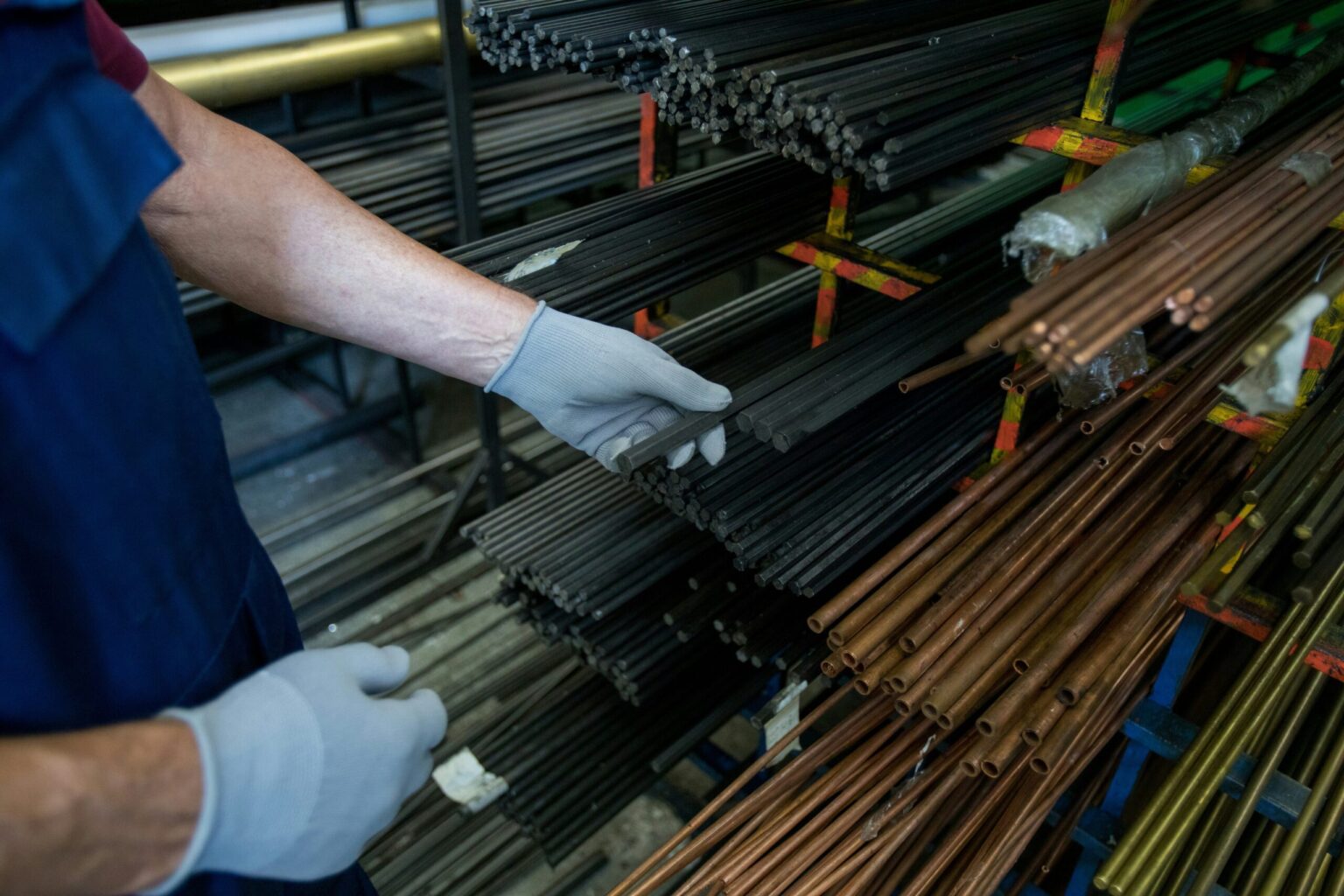On February 10, 2025, President Donald Trump revealed the reinstatement of a 25% tariff on all steel and aluminum imports into the United States, set to take effect on March 12, 2025. This new policy builds upon the tariffs initially imposed in 2018 under Section 232 of the Trade Expansion Act of 1962, which grants the president the authority to modify imports that are deemed to threaten national security.
The tariffs will apply to all steel and aluminum imports, eliminating prior exemptions for countries such as Canada, Mexico, the European Union, Japan, South Korea, and the United Kingdom. The tariffs will be enforced starting March 12, 2025, for any products entered for consumption or withdrawn from warehouse for consumption. The primary goal of the tariffs is to strengthen domestic manufacturing and reduce reliance on foreign metals, while addressing concerns over trade imbalances and national security.
Following the announcement, U.S. steel and aluminum stocks experienced fluctuations, reflecting investor concerns over the potential effects of the tariffs on both domestic producers and the broader economy. United States Steel Corp. (X) closed at $41.37, a slight decrease of 0.12%. Alcoa Corp. (AA) ended the day at $25.89, up by 0.66%. Steel Dynamics Inc. (STLD) finished at $129.56, a marginal drop of 0.06%. Nucor Corp. (NUE) closed at $114.40, down 0.94%. Cleveland-Cliffs Inc. (CLF) ended at $7.00, a decrease of 2.10%. These fluctuations in stock prices reflect the market’s mixed response to the announcement, as investors weigh the potential benefits for domestic producers against the broader economic impacts.
The decision has triggered significant reactions internationally, with several countries signaling their intention to retaliate. Canada immediately announced retaliatory tariffs on $20.7 billion worth of U.S. exports, including steel and aluminum products. The European Union plans to impose countermeasures, including tariffs on U.S. industrial and agricultural goods. China maintains its trade dispute with the U.S., with existing tariffs on American goods remaining in place. These retaliatory measures highlight the potential for escalating trade tensions, further complicating global trade relations.
While the administration hopes that the tariffs will stimulate job growth in the U.S. steel and aluminum sectors, the broader economic implications remain uncertain. The cost of goods reliant on steel and aluminum, such as automobiles and construction materials, may rise, potentially leading to higher prices for consumers. Industries dependent on imported metals may face disruptions, leading to increased production costs and potential delays in manufacturing. The price hikes resulting from higher input costs could contribute to rising inflation across various sectors, affecting the overall economy.
As the implementation date approaches, industries, businesses, and economic analysts are closely monitoring developments. Many are preparing for potential economic shifts as the new tariffs take effect, with a focus on both the immediate impacts on global trade and the long-term consequences for U.S. manufacturers, consumers, and international relations.
